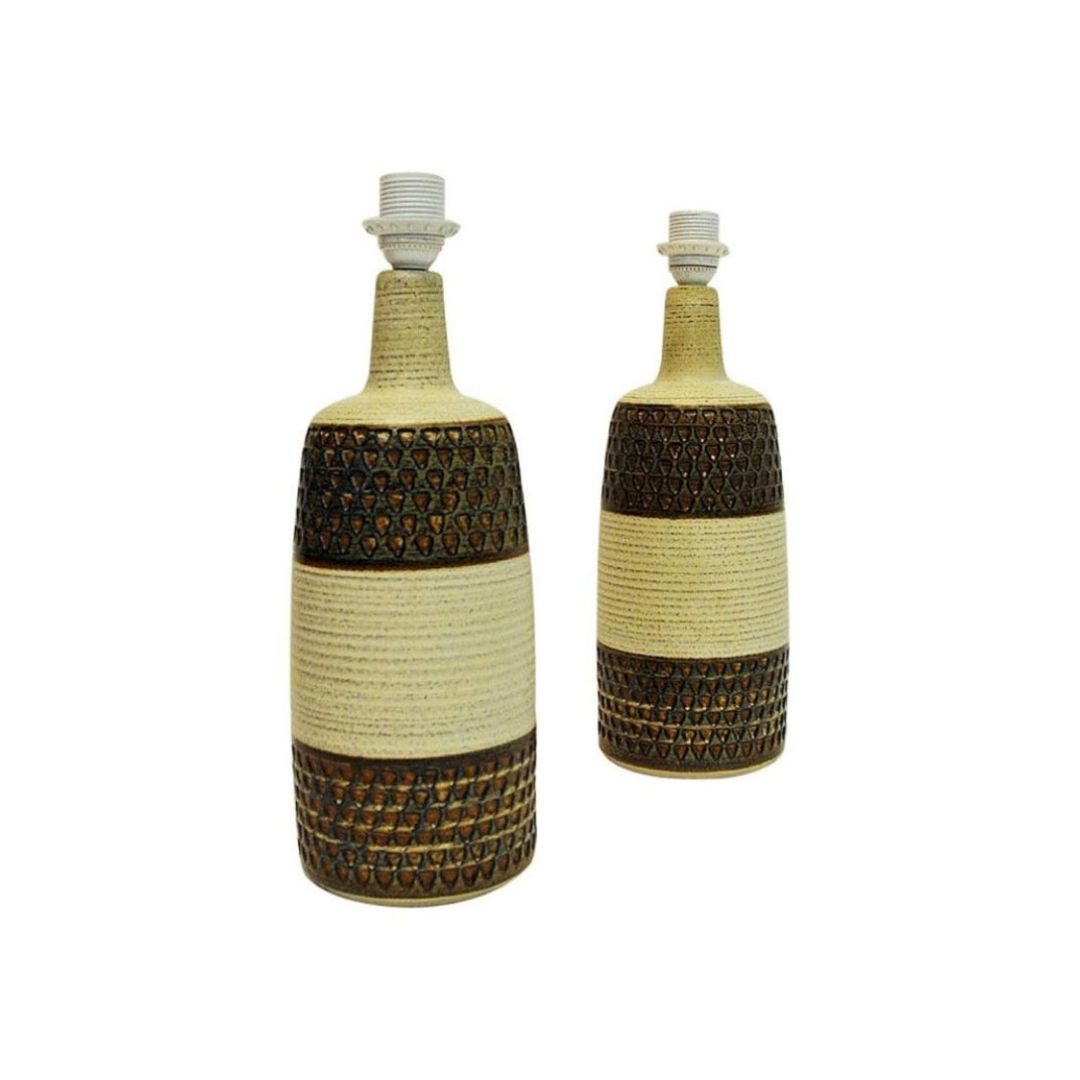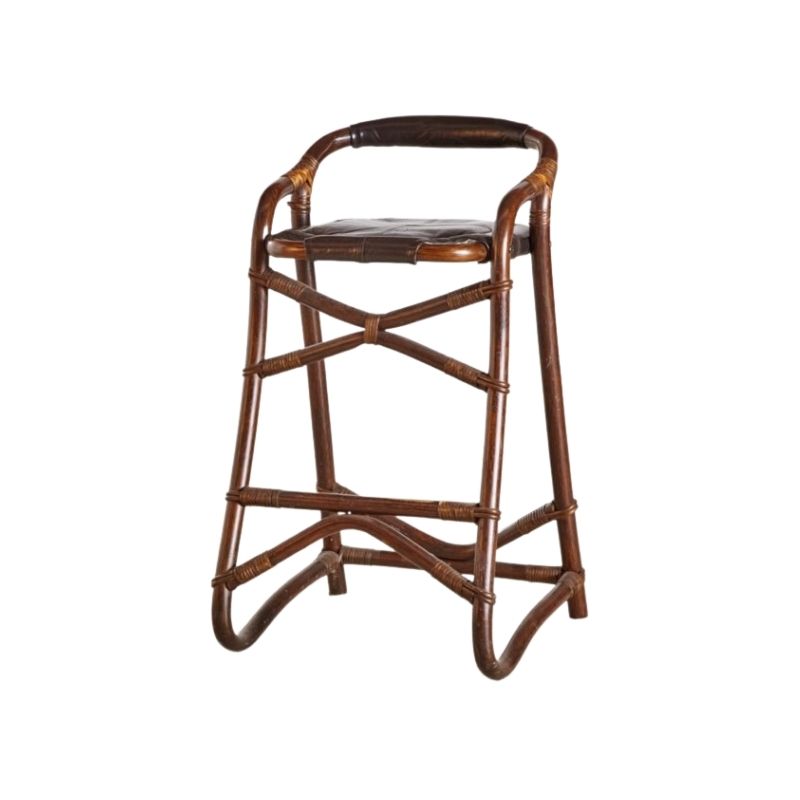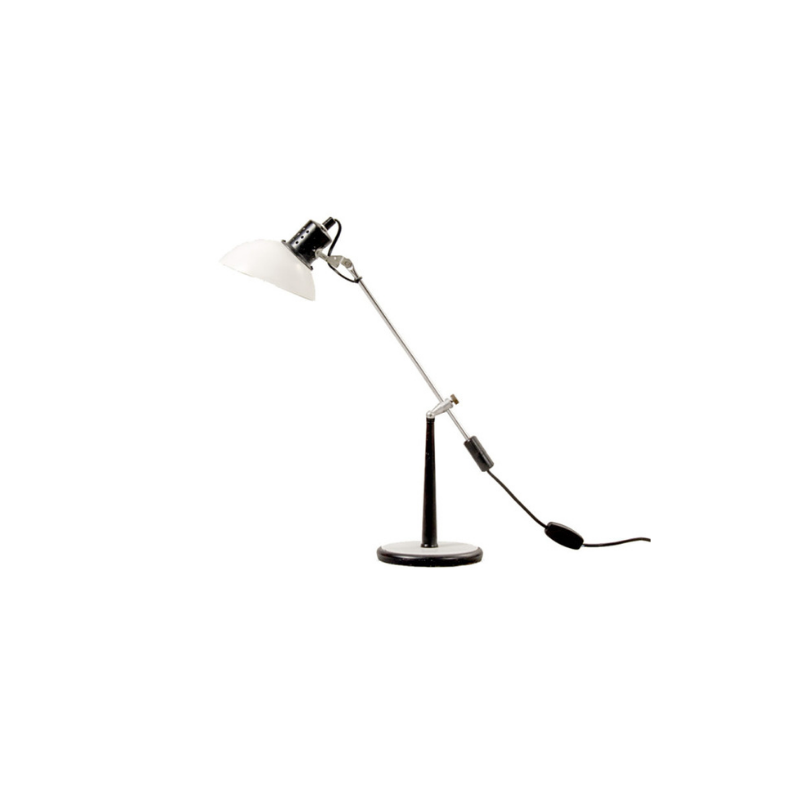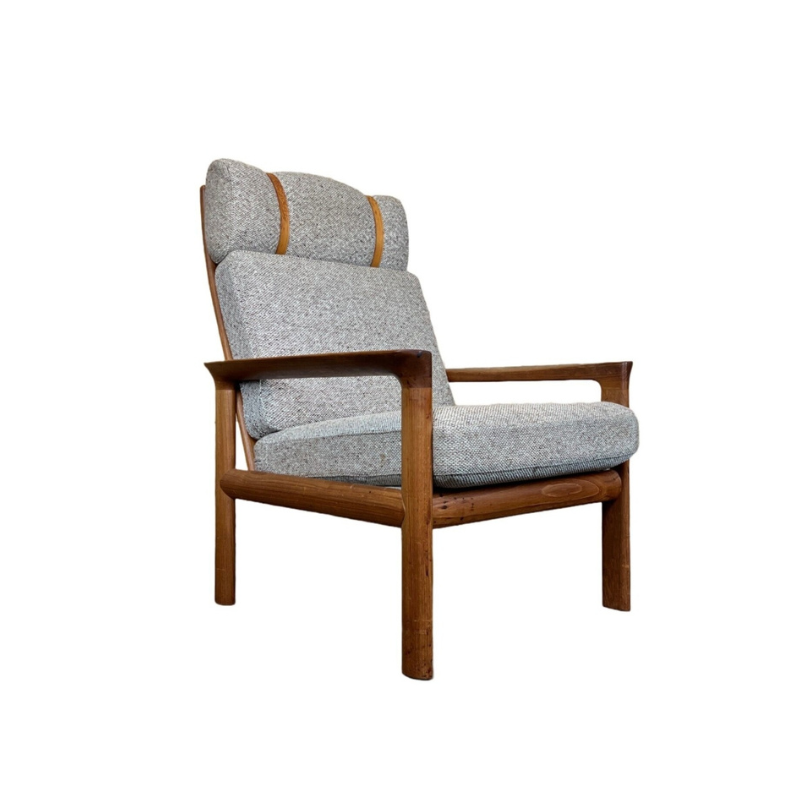Wood filler that will
accept screws ? Hmm . . . I wouldn't even trust Bondo for that application. Some kind of epoxy, maybe . . .
Frank Lloyd Wright went on merrily specifying redwood when his clients couldn't find or afford cypress or mahogany. I'm familiar with a 1950 brick and redwood house for which the new owner has had all the lost or unrealized furniture built -- of redwood plywood, for which he had to have veneers made. All that work -- and still an unsatisfactory result. All the tables have glass covers protecting them. The kitchen has Formica counters with solid redwood edging. Ouch !
The petal table is lovely. I wasn't aware that it was made originally with redwood. An uninformed choice by a reputable maker. Why not teak or mahogany -- also weather-and-bug-resistant species ? Redwood has an unearned caché, I guess, even today. Old-growth redwood at least had finer grain and was somewhat harder . . .
Unfinished edwood doesn't even weather attractively. It turns from pink when freshly cut, to tan, to brown/gray, to brown/black. Cedar, an equally soft but rot-resistant exterior choice, turns brown (red cedar) or silver (white cedar).
What a difference,
...how beautiful waffle! Frankly, I would never let that thing run loose outside, even on a covered terrace...
I'm not familiar with any wood filler that works well with screws, but my low tech go-to is using wood glue and toothpicks or wood skewers...works like a charm.
Since redwood
is on the soft side for holding screws, anyway, it might be good to drill for an 18- or 25mm plug of medium-hard wood, cross grain (i.e., not a dowel), glue that in place, and drill it for the screw.
It's good to see that view, above, of the underside of the petals. The thin edge appearance is the result of some serious milling . . .
I can see a potential challenge for waffle
in getting the "petals" to properly align. If there were no pre-existing screw-holes, the protocol would be relatively straightforward. The holes, stripped-out or not, present a complicating factor unless each individual panel was somehow keyed to it's own original "branch".
I was not clear
1. You can see the outline of each piece/support underneath
2. They would have needed to be realigned anyway. They had obviously been removed previously and the reset job was not perfect.
3. I would probably build a to gap size strip to space them.
I actually think this will be a fairly straight forward effort. A little futzing will be required but well within the capabilities of most higher primates. I will have to ship this disassembled so, yes, someone will have the fun of getting this all JUST RIGHT.
And to an earlier post, I may drill out the holes from the earlier glue repair job and glue in a dowel for better screw bite. That is a good idea.
Interesting problem.
The manufacturing goal would have been (presumably) to make a metal frame with holes located so perfectly that any pre-drilled petal could be placed in any location without worry. In the pre-CNC age this would have been be a challenge. The fall-back position for the manufacturer would be to assemble the table by placing the frame onto a jigged (accurately located) array of petals (upside down) and screwing them in place. The positions on the frame and the individual petals could have been marked, 1 through 8, so that even if disassembly were necessary (for refinishing, or shipping ?), the array could be reassembled with perfect placement -- the gaps between petals would be very noticeable if inconsistent.
Doing things in batches -- repeated fabrication or milling steps done sequentially -- is one of the great time-savers in manufacture at all levels, from craft shop to giant factory operation. And, one thing we learn to do, in operations as varied as rough-stock milling to prepping for finish, is to deal with the exceptional problems and issues first -- the "problem areas" of the material -- before proceeding to the majority of the material being worked.
If I had to take on this job of combining original and replacement petals, where the material is soft and where some (many ?) exiting holes might need to be "moved" slightly -- and a bad repaired hole needs to be dealt with -- I would probably take the trouble to drill out ALL existing bores, and make cross-grain plugs (not long-grain dowels) to fit these new holes. Then assembly could proceed using the method outlined in my first paragraph. The positions on the frame, and the petals, would be unique for each location, so the petals and the frame would be numbered.
All of the operations -- drilling the petals for plugs, and making the plugs -- would involve easily-made jigs and fixtures on the drill press and elsewhere, easing the job of accurate repetition. So, with more patience than actual effort, an entirely remanufactured -- and improved -- product would be the result, with all problems of accurate placement accounted for and solved, once and for all. Isn't that a desirable goal ?
well
I suspect what was done originally by the manufacture was something like
- make base
- make petals
- align petals with some kind of spacer
- double check your work
- mark and drill. Keep those spacers in place!
I am fairly capable at this sort of thing, and what I foresee is getting them aligned, spaced, and then screw in the 7 good ones, mark the one with the repair, drill that out, attach it. Good to go.
There is always some wiggle as you screw in anything, you have to assume/account for that. With the spacers they will lock down with the right alignment.
Look, this piece has had a rough life. I carefully selected what I did and did not want to do to it and think I made the right choices, but it assumes that someone in the future can/will/should make their own choices as to what needs doing. That was rather the point.
There are two
ways to approach a job you're doing for the first time (and that's what we do every time we make a unique piece of furniture -- for instance):
1) Try your best, hope it works out, and (depending on the outcome) congratulate yourself on a brilliant job or say "Well, I did my best."
2) Solve all the problems ahead of time, with thought and (if necessary) a practice run, and congratulate your self on a brilliant job.
I prefer the second, being one of those "perfectionists" you hear about -- I guess. Or maybe I just don't like to be disappointed, or have to make excuses . . .
Objects being screwed together don't have to wiggle; they can be clamped together before and during (drilling and) screwing.
If the maker had eight petals and the frame, and none of the petals had been pre-bored, where would he start ? One way, and a method designed to make the whole job a lot easier and the outcome surer, would be the lay all eight petals upside-down on a flat surface, with spacers between and a rim or blocks to keep the petals from drifting, and then place the (drilled) frame on top of the petals. In your case, with the majority of the petals drilled already, this would be a way to determine if all the petals are placed where their holes are lined up with the frame bores.
Assuming that seven of the petals were already attached to this frame, you should be able to arrive at an arrangement duplicating the original -- before making any new holes or false starts.
Now wouldn't that be sweet ?
Gentlefolk, I certainly didn't intend to
insinuate anything about fellow primates on the forum and I apologize to any offended. I simply imagined for a moment that reassembly of waffle's treasure would offer a bit of a puzzle as I enjoy those.
Perhaps a buyer with similar tastes might pay a premium?
.
Lovely table. I think is is clear now that the original was made with redwood.
The offering choices now are teak and HPDE (high density polyurethane)
Design Richard Schultz, 1960
Aluminum, Steel, HPDE or Teak
Made in USA by Knoll
"The Petal table is a flower that is always in bloom." - Richard Schultz
"I designed the Petal Table to accompany the Bertoia Chairs that Harry Bertoia designed for Knoll. The tops on these tables are made of eight petals, which are mounted on a beautifully crafted cast aluminum spider. I was inspired by Queen Anne's Lace, a weed that grows near our house in Pennsylvania. Each cluster of flowers is supported on its own stem. By making a table in this manner there is no need for a ring support, and each petal is independent which allows the table to expand and contract with the weather." The tables were introduced by Knoll in Los Angeles in 1960 and were immediately made part of the MoMA Design Collection.
http://www.interiordesign.net/article/477393-Philadelphia_Art_Museum_Lau...
.
"Could I have a skilled woodworker make new petals? "
I think that would be a good solution. If you check google image you will find many examples of replacements that failed to get the layout correct or the shape slightly off. Hence the puzzle challenge without an original petal or layout?
Make the pedals, clamp them...
Make the pedals, clamp them upside down to your bench, alight them before tightening.
Put the base upside down on the aligned pedals.
Check your alignment again, then insert screws.
You guys are making a mountain out of this molehill. To make life even easier, you can cut spacers to put in between the pedals while your clamping them.
well
that was fairly easy
Laid the petals upside down, placed the base upended on top. Moved about a couple of the petals. Used Poker Chips as spanners (2 sets of 2 each gap worked perfectly). Screwed em in.
The wood filler I used was epoxy based and seemed to do the job, but I under-drilled the hole and put in a smaller screw. Whomever ends up with this will probably want to replace with larger, matching screws.
The challenge of this is that I will need to ship it (eventually) with the petals removed so whomever buys it will need to take it to a furniture restorer or be somewhat handy to put it back together. I will label everything but it will not be a trivial undertaking.
Am very happy with how the petals turned out. Some minor honest wear (edges, one or 2 original holes) but truthfully I think they are not in any way distracting. Rather matches the base that way.
If you need any help, please contact us at – info@designaddict.com









